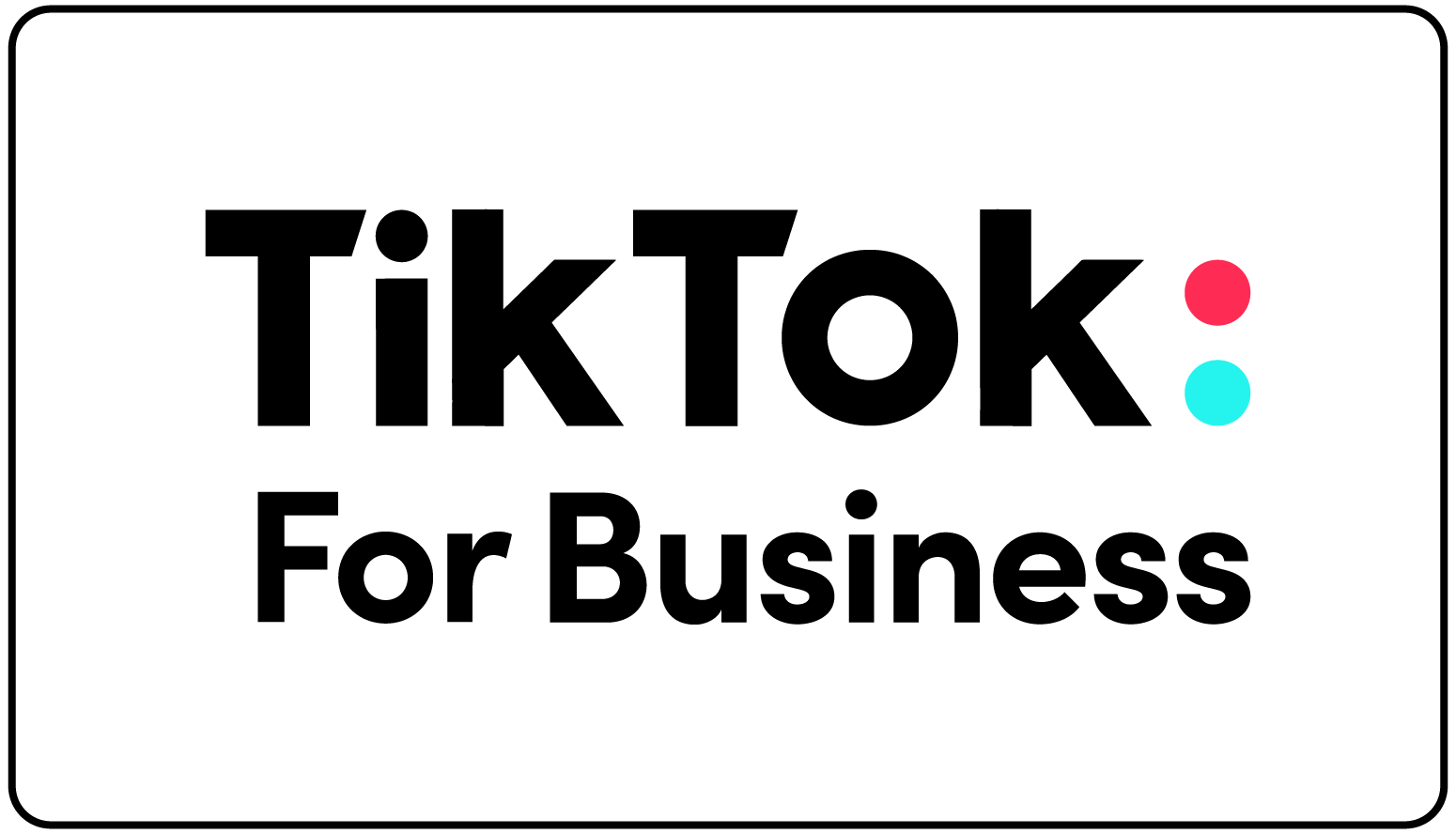When a business decides to run a Facebook ad, they choose an objective, select an audience, and set a budget. Although businesses have control over who will be seeing their ads, how much to set the bid, and what the creative and messaging will be, the algorithm ultimately makes the final decision on how the ads will serve in the auction.
Facebook users see an ad only if it gets the approval of the Facebook algorithm—in reality, a complex cluster of machine learning algorithms that consider many data points. In order to effectively advertise on Facebook, it’s important to understand the factors that go into the algorithm’s decision-making process.
A lot of people assume that bidding is the key to Facebook’s algorithm, and that advertisers with higher bids get better opportunities to reach their target audience. Although bidding plays an important role, there are other factors that go into the ad auction. In short, the Facebook algorithm looks at ads’ “total value” when making a decision. What does this mean? In short, an ad’s total value is determined by three factors: the bid amount, estimated action rates, and user value.
What Are the Ranking Factors That Determine Who Sees Your Facebook Ads?
Facebook advertisers want their ad high in the News Feed when their target audience visits Facebook or Instagram. Many advertisers compete for the same spot. Facebook decides which ads from its inventory get the position with a real-time auction. The ad with the highest total value wins, but many factors affect that calculation.
- The bid — This is how much the business is willing to pay each time a user completes a desired action. Facebook offers several bidding strategies, but the most common is lowest cost bidding.
- Estimated action rates — This is the likelihood that a user will engage or convert based on the ad. Facebook uses numerous signals from the user, the ad, and its content to estimate how likely it is that the ad will have the desired impact.
- Ad quality or user value — Facebook takes note of how users respond to the ad and other “quality” factors such as sensationalized language. We take a closer look at user value in the next article in this series.
The three categories are combined into a total value score and compared to other ads targeting the same user. The winner gets the best position. One consequence of the total value score is that Facebook advertisers pay more for low-quality ads. As estimated action rates and user value decline, the bid has to go up to maintain the total value. Low-quality ads are more expensive.
The Facebook ads algorithm decides within a context. The three factors we’ve discussed are part of that context, but so are the objectives, audiences, and platforms an advertiser chooses to target. For example, let’s say a business chooses ‘lead generation’ as its campaign objective. Although everything is set up correctly, Facebook may give the ad a low-quality score because the ad copy is not resonating with the targeted audience. This would result in poor performance in the auction and a high cost per lead.
What Stops Ads from Succeeding on Facebook?
As you can see, there are several ways for businesses to create more effective Facebook campaigns, whether it’s refreshing an audience, creating more engaging ads, or changing the bid strategy. Or they could try to trick the algorithm with tactics such as click-baiting, withholding information, or using misleading images and text.
Before 2018, these techniques were effective. Facebook was full of clickbait because it worked. Facebook then realized that these low-quality ads were hurting user experience and decided to take a different approach. In 2018, Facebook tweaked their algorithm and started giving priority to “high value” ads in the auction. Although there are still some low-quality ads out there, Facebook has started to reward the more relevant and engaging ads by giving them better opportunities in the auction. Among others, here are a few of the main attributes that Facebook uses to define low-quality ads:
- Excessive text in ad images.
- Clickbait headlines and sensational language.
- Asking for likes, clicks, and shares.
- Malicious and deceptive content.
The best way to advertise effectively on Facebook is to create high-quality, relevant ads that appeal to your target audience. Try putting yourself in your consumers’ shoes; what would they like to see in their News Feed? What kind of content is interesting to them? What captures their attention? The key to winning the Facebook auction is to create strong ads that resonate with your audience and encourage them to complete your desired action.




